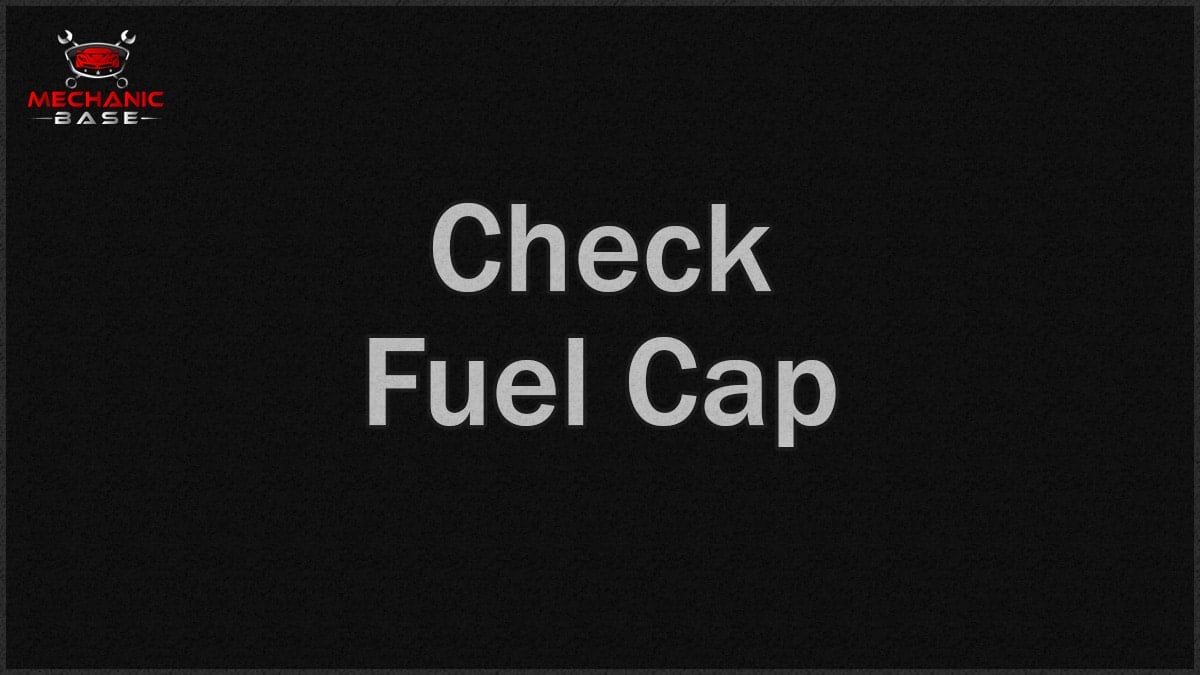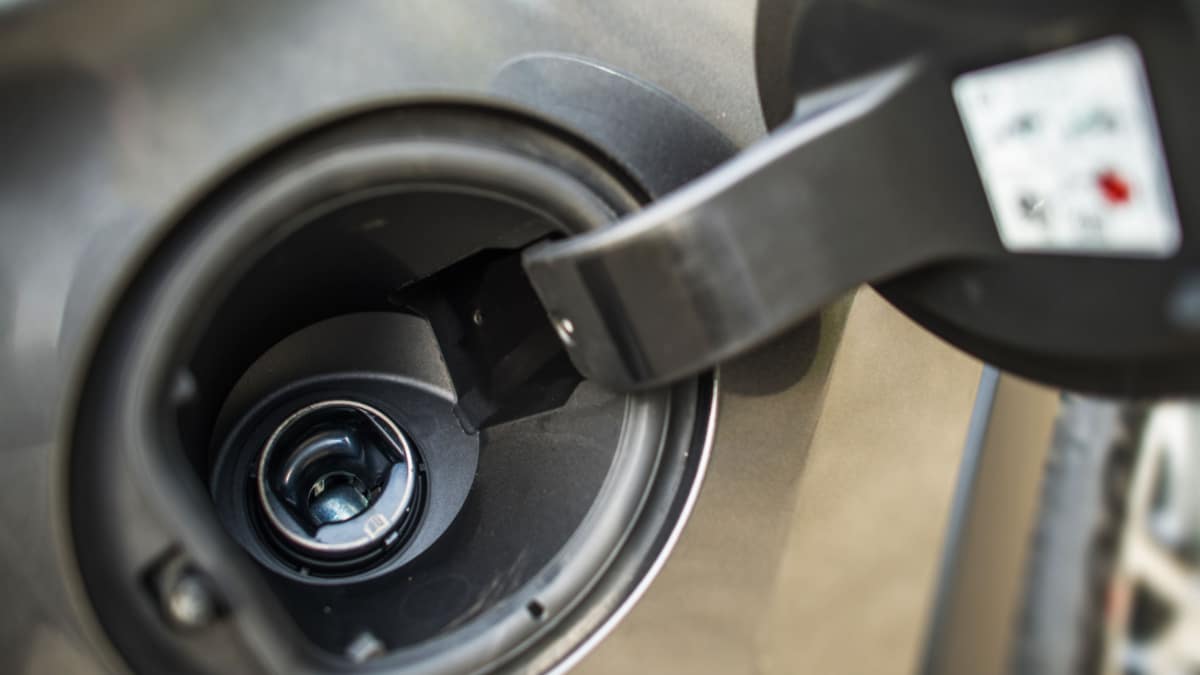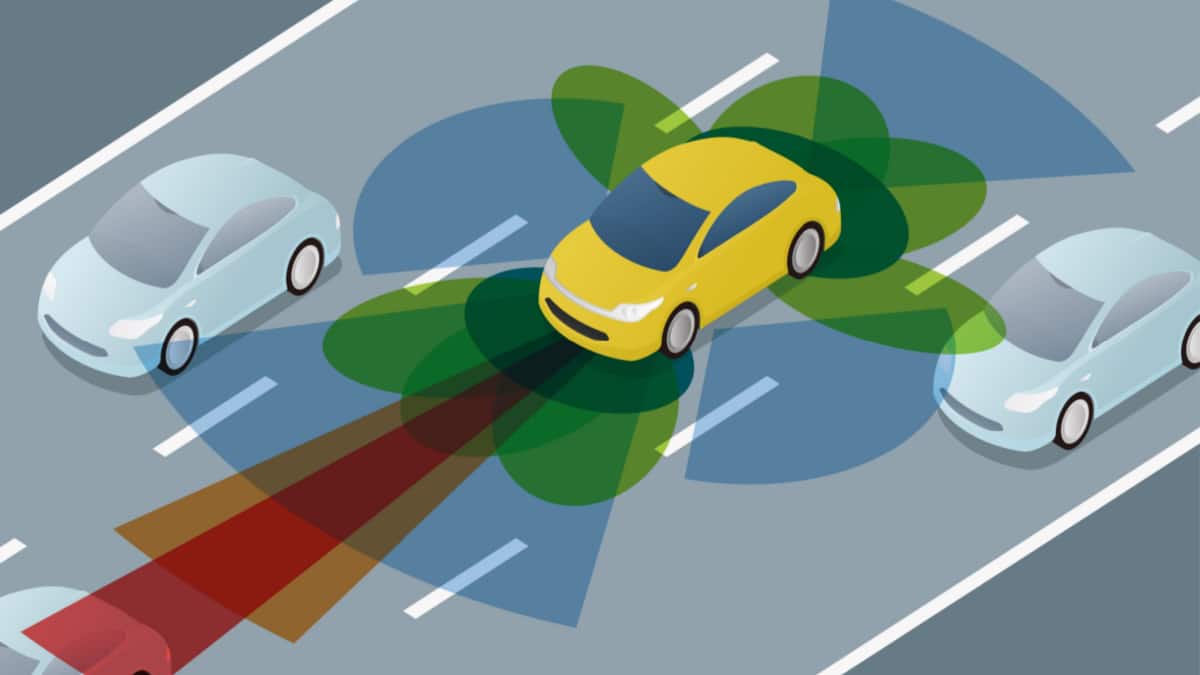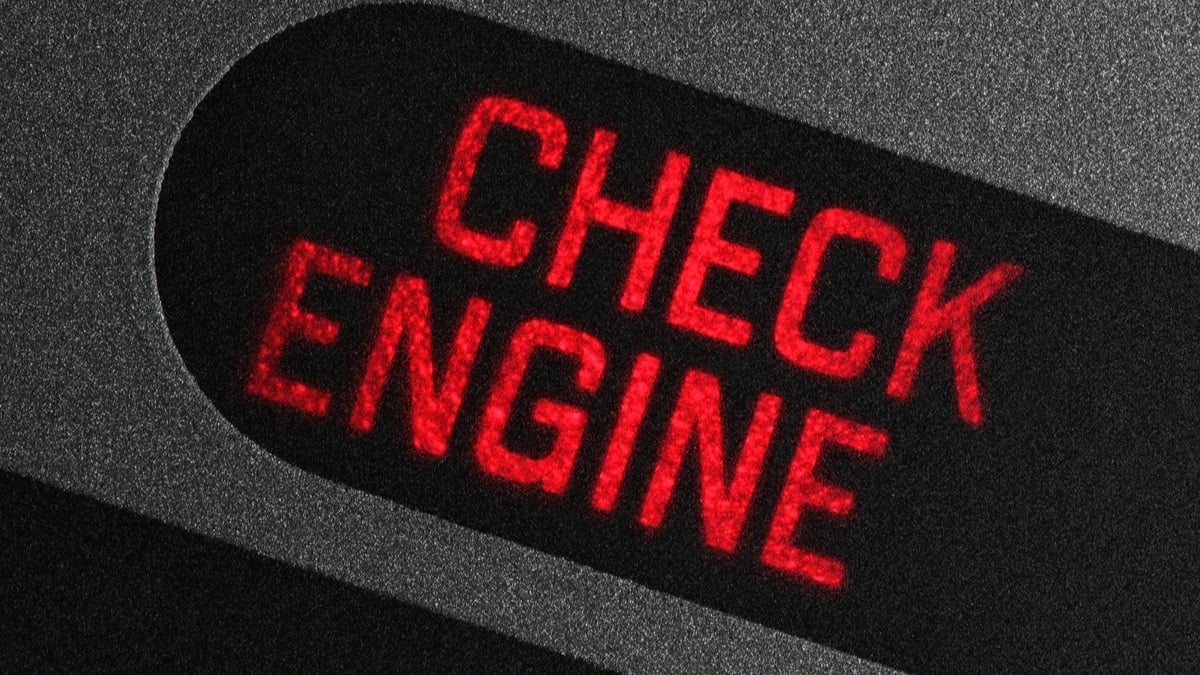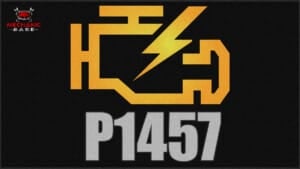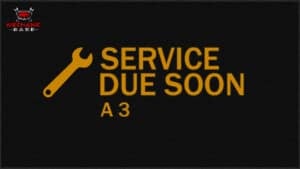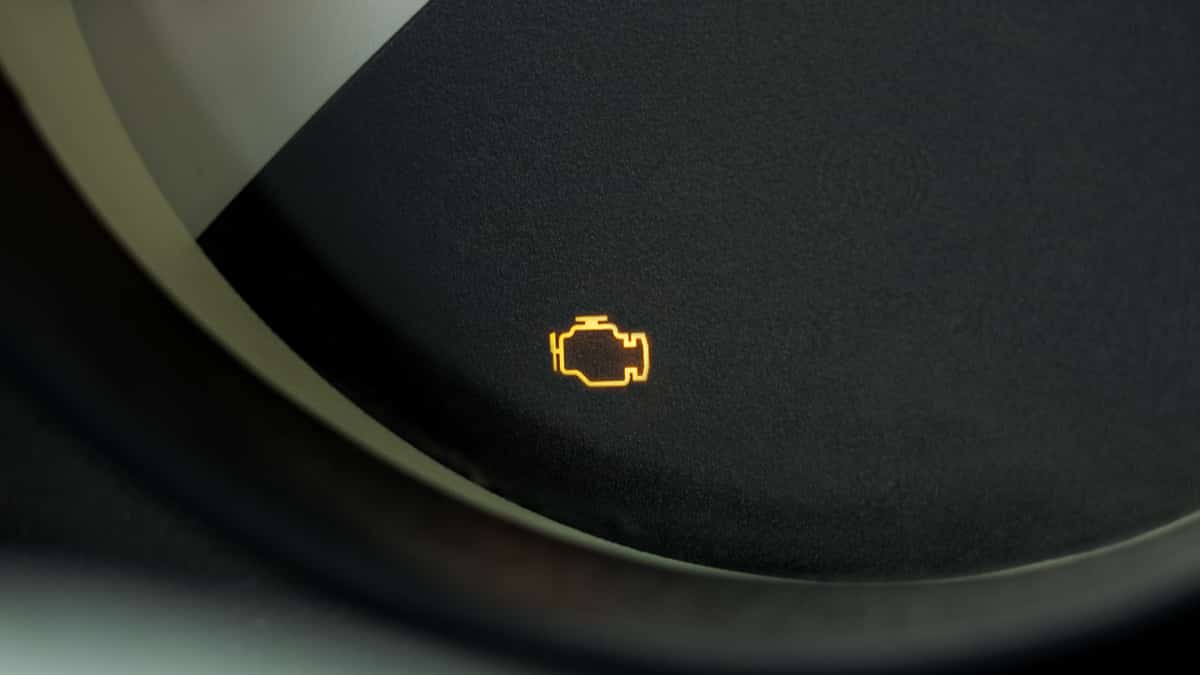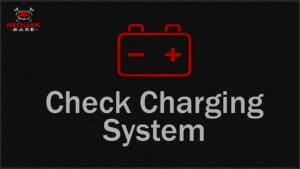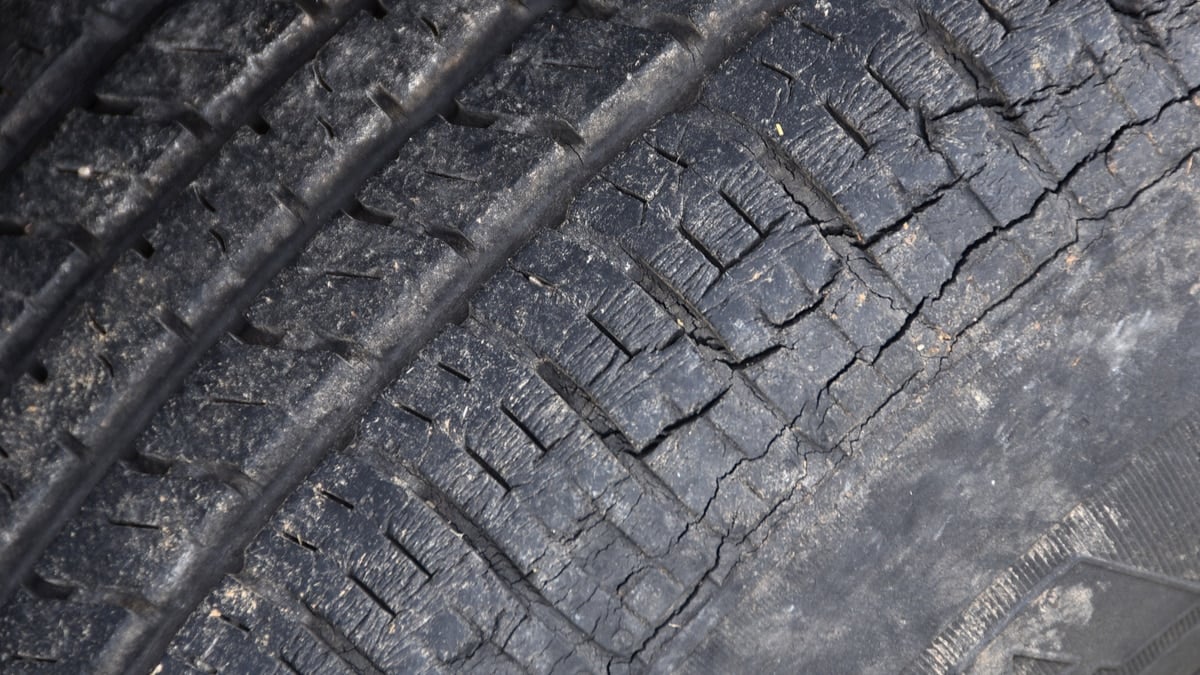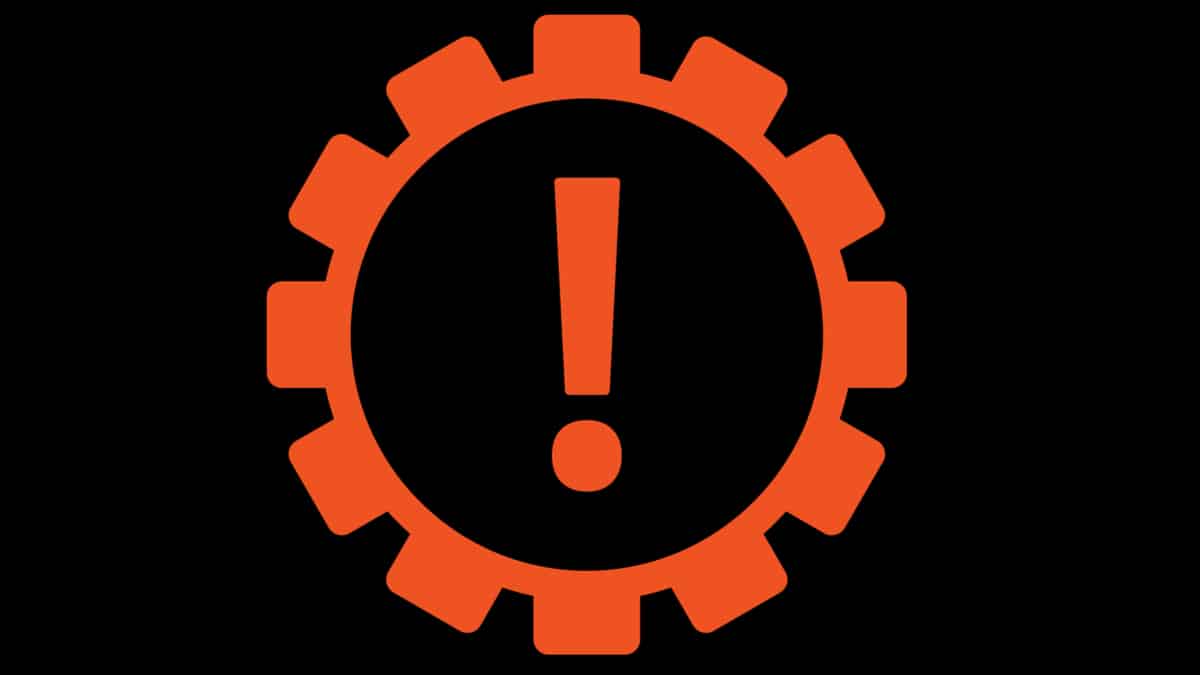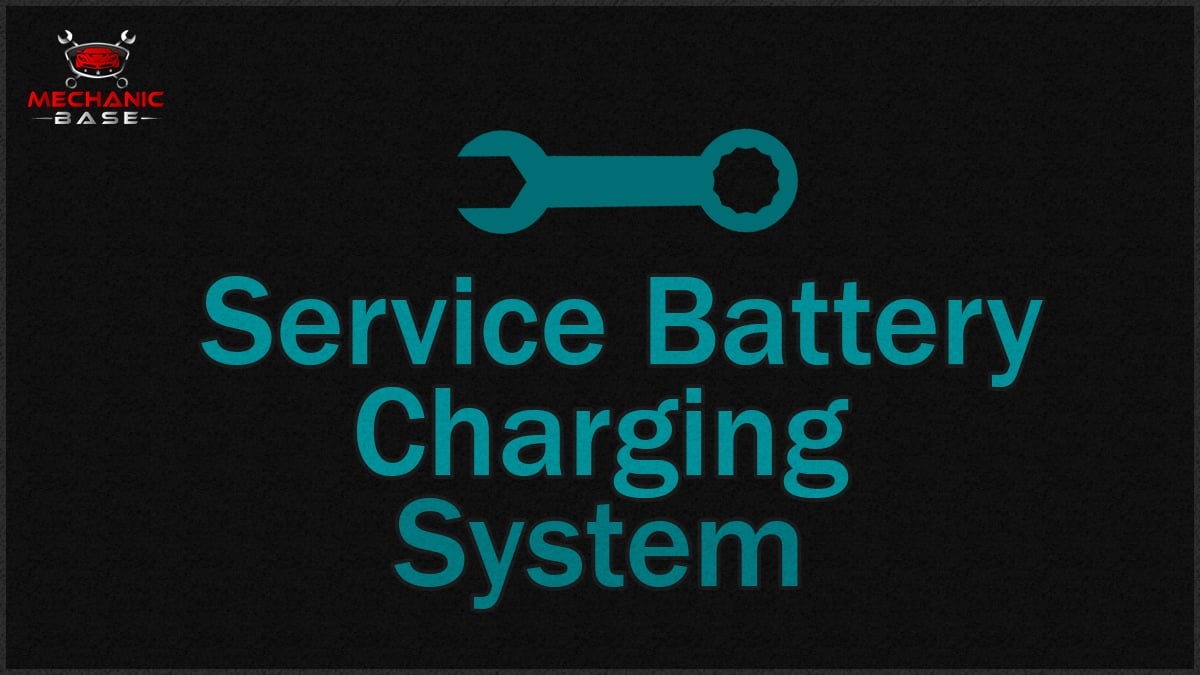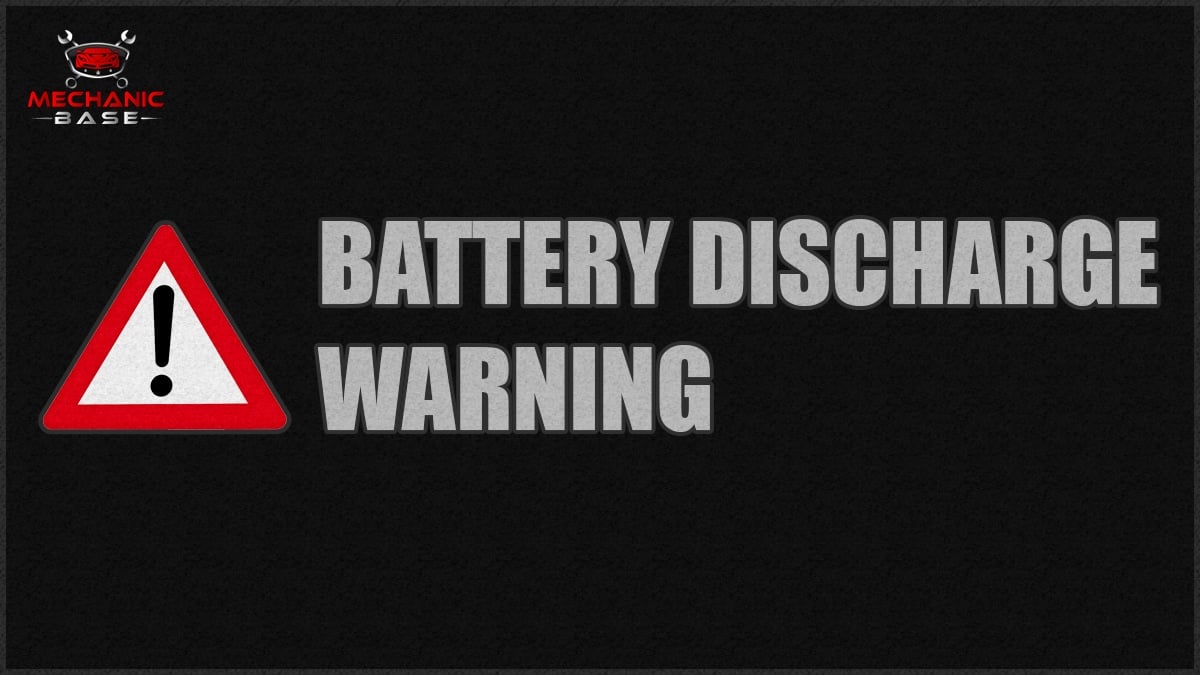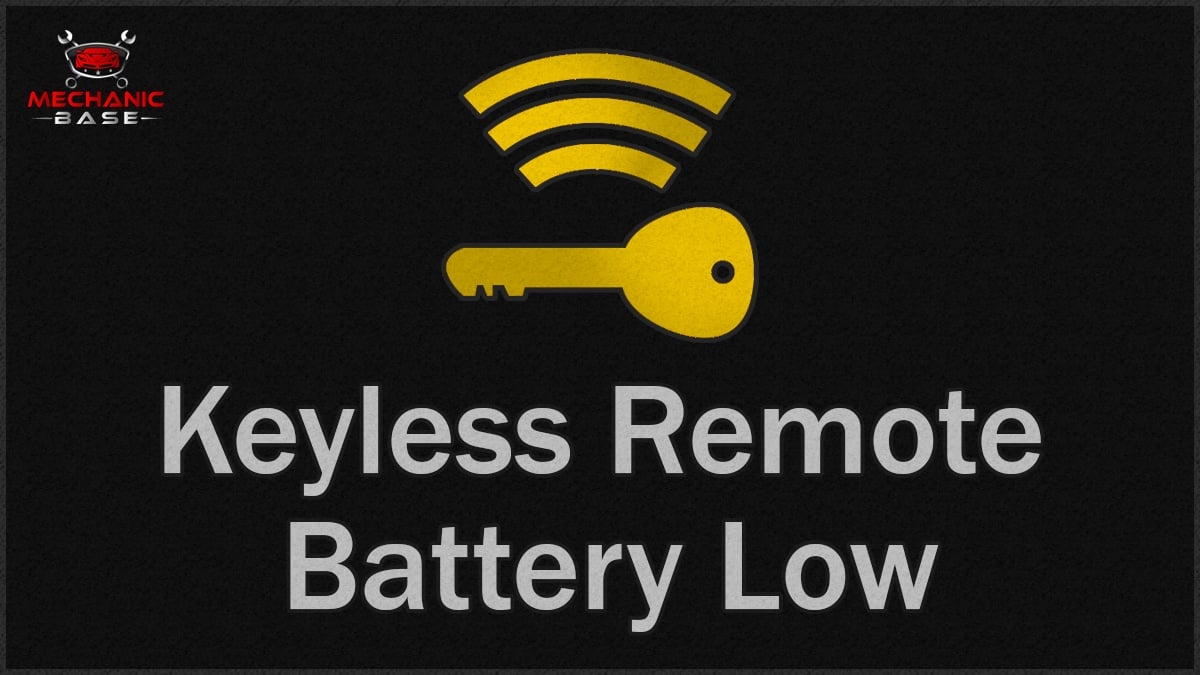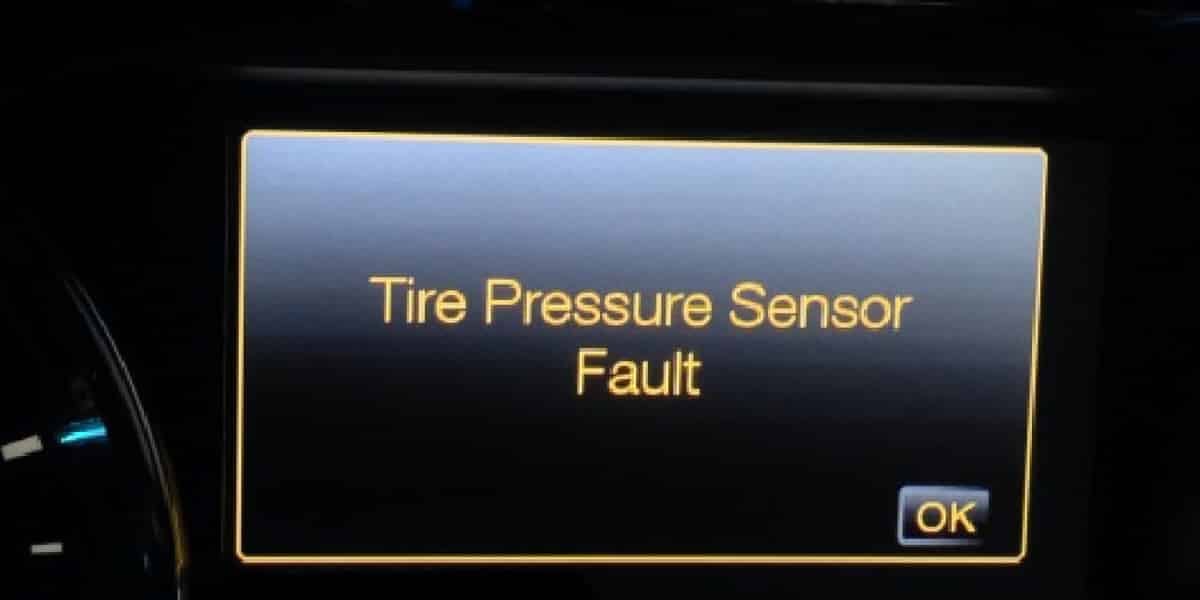There are some universal automotive warnings that are the same across all manufacturers, such as the Check Engine Light. Others are designed to come up only on certain vehicles, such as the Check Fuel Cap on Honda Accord models. Honda has specifically designed this message to keep drivers informed, so it helps to know what to do.
In this guide, we cover the meaning of the Check Fuel Cap message and show you what causes it. We also look at how to fix it right before we answer your top questions.
What Does Check Fuel Cap Mean On A Honda Accord?
The Check Fuel Cap message means that the Electronic Control Module (ECM) has detected a pressure leak in the fuel tank of your Honda Accord. A sensor sends messages to the onboard computer, letting it know the condition of the Evaporative Emission Control System (EVAP).
The Evaporative Emission Control System (EVAP) prevents gases from venting out of the car into the atmosphere. To keep emissions down, the system operates in a vacuum, so nothing can escape.
If the vacuum is lost and a leak is detected, the ECM displays the message to drivers. This issue can also lead to several trouble codes, such as P0440, P0442, P0443 and P0449.
What Causes A Check Fuel Cap On A Honda Accord?
Most often, the message reveals that the gas cap is loose or damaged. It can also mean that you filled up the fuel tank while the engine was running, that there’s an EVAP leak or the car has a bad EVAP purge control valve. Otherwise, the EVAP lines may be clogged or there could be a software error.
Let’s examine the most common reasons for this Honda warning.
1. Loose Or Damaged Gas Cap
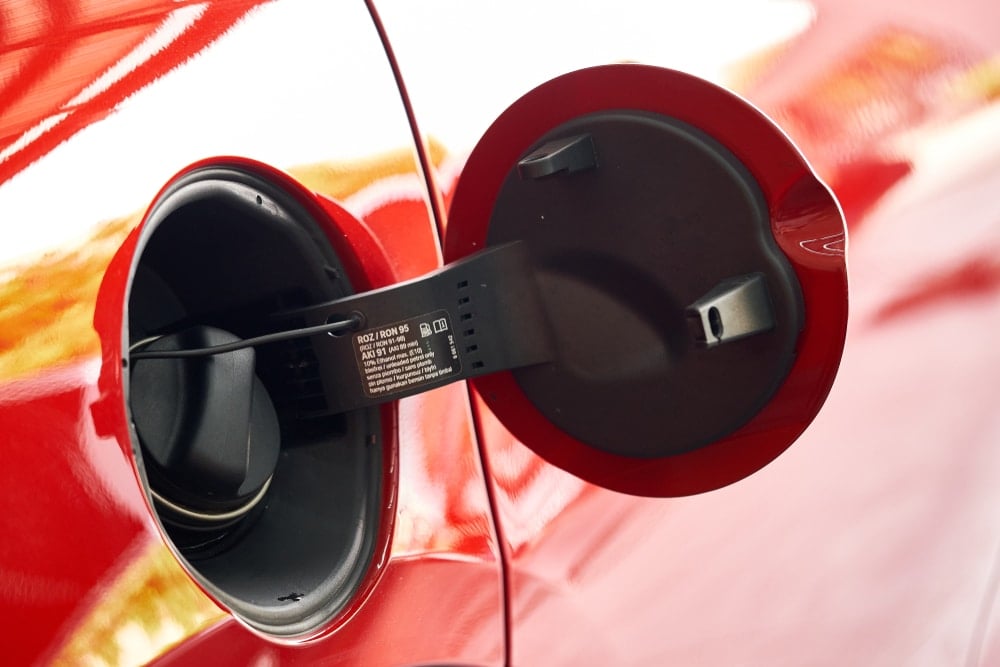
The gas cap has a rubber seal on it that pushes over the inlet to create a seal. If the gas cap seal is damaged or there’s a crack in the cap, fuel vapor can escape, leading to the warning message.
The same happens if your fuel cap is loose because it wasn’t tightened all of the way. Additionally, if you misplace the cap and forget to put it on, you may see this warning message.
2. Filled Fuel With The Engine Running
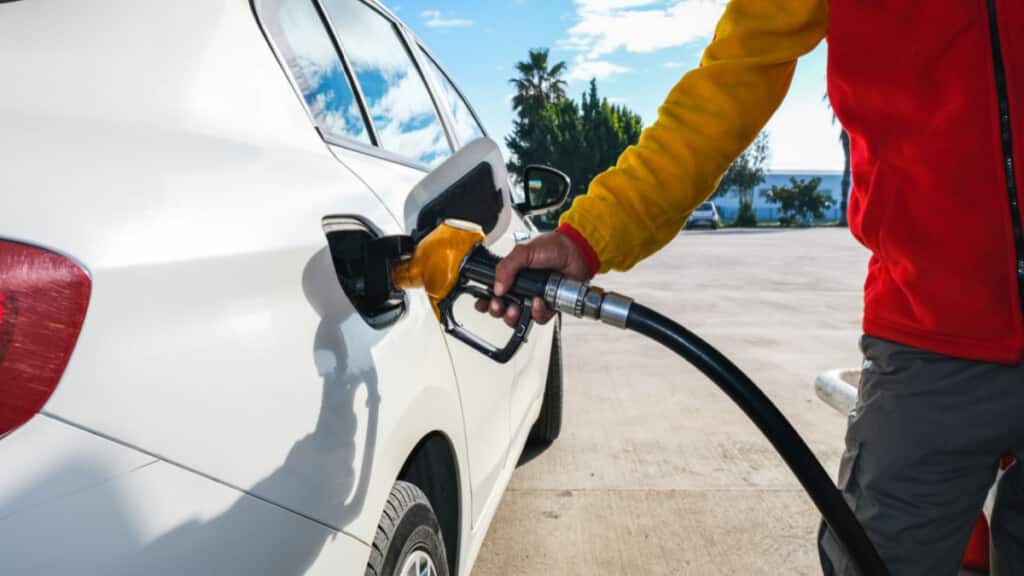
The gas cap is designed to create an air-tight seal. It’s only meant to be taken off when the engine isn’t running.
If you take it off with the car on, the system is going to detect a leak. For this reason, you may notice the warning message and/or a Check Engine Light until the cap is replaced.
3. EVAP Leak
EVAP leaks occur because of mechanical failures. There are several parts in the system that can fail and allow gases to leak.
When an EVAP leak occurs, you may notice a fuel smell. The Check Engine Light should also come on until the problem is resolved.
4. Bad EVAP Purge Control Valve
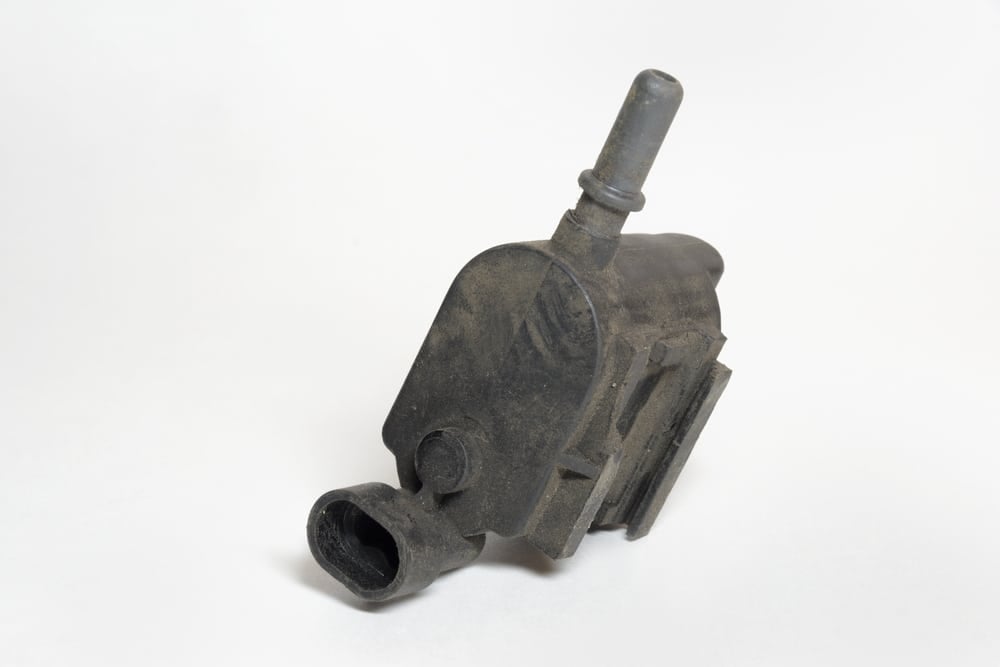
The purge control valve is responsible for controlling vapors created from the fuel tank. Vapors are contained in the charcoal canister. As the engine runs, the EVAP system releases vapors needed to flow back into the engine, so it can burn as fuel does.
The purge valve opens and closes to allow vapor into the engine. It’s responsible for deciding how much vapor should enter the engine and how frequently. If the purge control valve fails, the gases can leak and you can get a warning message.
5. Clogged EVAP Lines
If the canister fails, carbon pellets and debris can get into the lines. Because the lines aren’t meant to carry anything but gases, this debris can create a clog.
Until the clog is removed, gases are going to escape from the system. This problem will cause the warning message until the lines are cleared.
6. Software Error
There are various sensors designed to track what’s happening with the EVAP system. Whether a sensor is giving out the wrong signal or the ECM is reading it wrong, both can cause the message to display.
In the rare event that the ECM is reading codes wrong, you would want to have it updated. This is something that can’t be done at home unless you have specialized equipment.
How To Fix A Check Fuel Cap Warning On A Honda Accord?
Once the Check Fuel Cap warning message shows up, you want to take action to fix it. In most cases, the repair isn’t difficult and only requires a little time. Here are some suggestions we advise as professional mechanics.
1. Read Trouble Codes
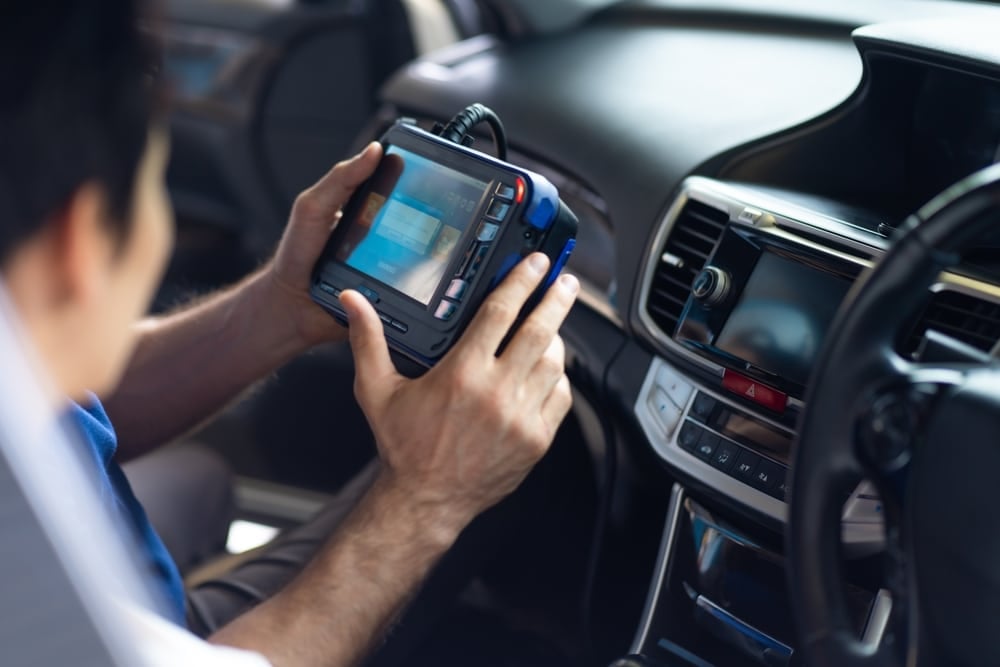
With the message on display and the Check Engine Light illuminated, a code should be set in the system. These codes can be read with a compatible scanner, telling you what’s wrong with the car.
The code displays as a letter code with several numbers, such as P0443. Unless you have these codes memorized, it’s impossible to know what each one means. That’s why we have a trouble code library explaining all of the definitions.
2. Inspect The Gas Cap
Since the most probable issue has to do with the gas cap, that’s the first place to start after reading the codes. Examine the gas cap to make sure it’s intact and secure. If it needs to be tightened, do that now.
It doesn’t cost a lot of money to replace the gas cap. You can buy one online or at a local auto parts store for $10 to $25.
3. Test The EVAP Purge Control Valve
You can use a multimeter to test an EVAP purge control valve. Here are a few steps to follow if you feel equipped for this job.
- Turn off the vehicle.
- Find the purge valve. It may be found near the charcoal canister, usually in a corner under the hood. It could also be placed closer to the muffler. You can find the location by looking in your car service manual.
- Connect the multimeter to the 2-pin harness of the valve.
- Measure the resistance. Ideally, you should see 22 to 30 ohms. If it’s higher or lower, there could be a problem with the valve, but you should always double-check this measurement with the factory specs.
Replace the EVAP purge control valve if it’s not giving you the right reading.
4. Check EVAP Leaks
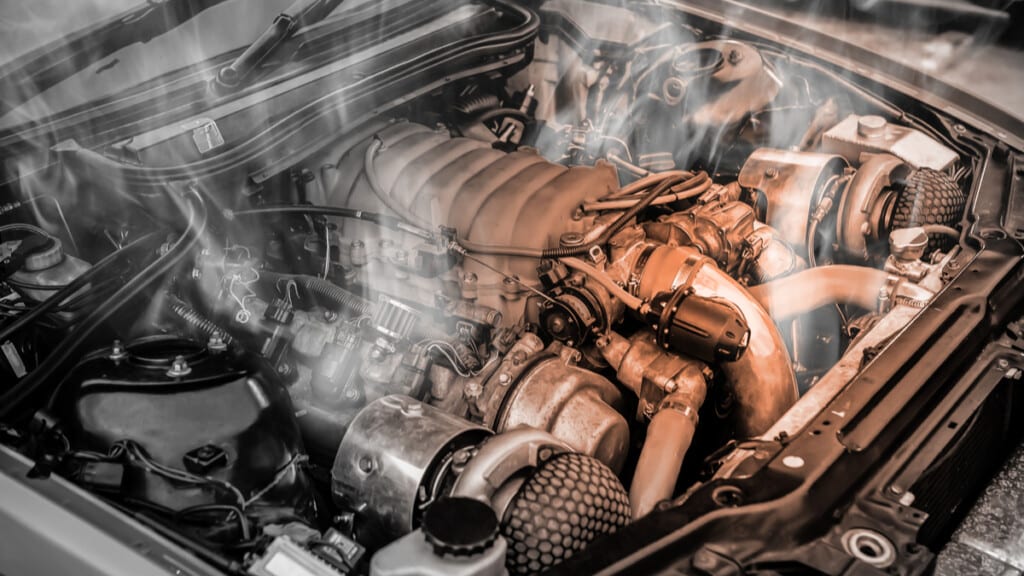
There are several ways to check for EVAP leaks, depending on what equipment and expertise you have. Here are some suggestions.
- Vacuum test: Let the engine idle around 21 inches Hg. Disconnect the purge valve solenoid electrical connector to check the vacuum in the EVAP system. There should be no vacuum. If there is, the purge valve might be stuck open.
- Hand vacuum pump: You may be able to do this without the engine running. When it’s not powered, the purge valve should remain closed and the vent valve should be open. The vacuum gauge shows whether the valve holds pressure or not.
- Smoke test: Smoke is pumped into the EVAP system. Wherever you see the smoke coming from is where the leak is.
5. Reset Codes
Once you have resolved the problems, it’s time to reset the codes. Use your compatible scanner to reset the codes and remove the warning message.
It helps to take the car for a drive to ensure the message doesn’t come back. If it does, you may need to move on to the next step.
6. Contact A Professional
A professional auto mechanic is able to pinpoint the problem quickly. You may only need to pay for an hour of diagnostics to get an answer.
However, it’s still wise to perform a simple check of the gas cap before you jump to this step. Otherwise, you may pay for diagnostics when all that is needed is a new gas cap.
Can you drive with the check fuel cap warning?
It’s unlikely that the Check Fuel Cap warning is going to cause any major problems. Still, you don’t want to have warning messages displayed unnecessarily, especially if the fix is simple. Instead, you should troubleshoot the problem and get it repaired.
Why does my car keep saying check fuel cap?
The fuel cap may not be secured. It could also be broken or cracked. If so, you want to replace it, which only costs a minimal amount of money, normally $25 or less. If the cap isn’t to blame, there could be other mechanical issues causing a fault in the EVAP system.
How do you clear a check fuel cap warning on a Honda?
First, you have to figure out why the message came on. If the gas cap isn’t secure or needs to be replaced, take care of it. Otherwise, you must fix the mechanical problem leading to the message. Once it is repaired, you can use a code scanner to clear the DTCs and the message should go away.
How long does it take for the check fuel cap warning to go away?
If the message comes on because the cap is loose, it should only take several minutes of driving before the message disappears. Otherwise, you can reset the codes with a scanner to remove the message from your display.
How much does it cost to fix a gas cap?
Buying a new gas cap won’t break the bank. For your Honda Accord, it shouldn’t cost more than $25 to get a high-quality gas cap. You can purchase one online at a reputable retailer or choose to get it from a local auto parts store.
Once your Honda Accord displays the Check Fuel Cap message, you know what to do. The system is directly telling you where to start – with the gas cap. If an inspection of the fuel cap doesn’t reveal any problems, you need to troubleshoot the EVAP system.
For many people, this is too complicated to do alone. If that’s true for you, don’t be afraid to reach out for some help from a professional mechanic.
Tags: Honda
Categories: Troubleshooting, Warning Lights
